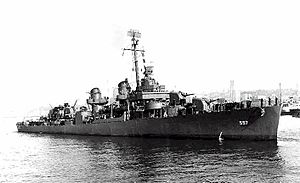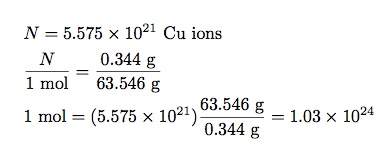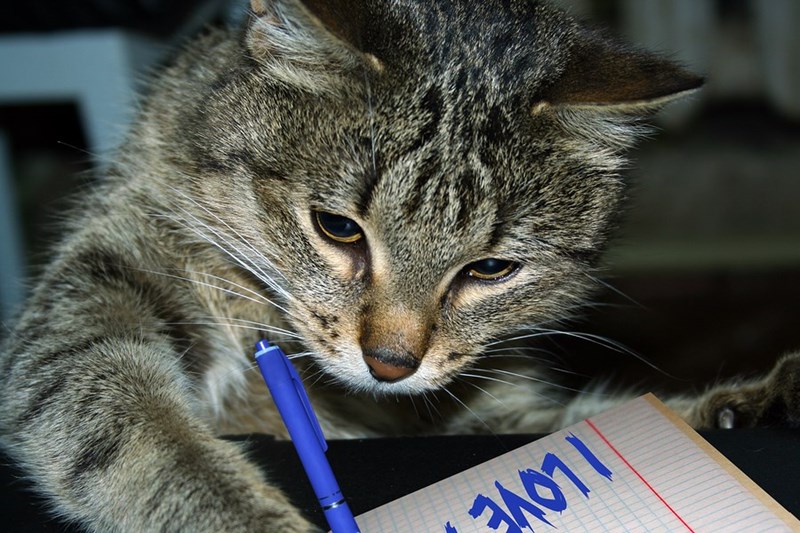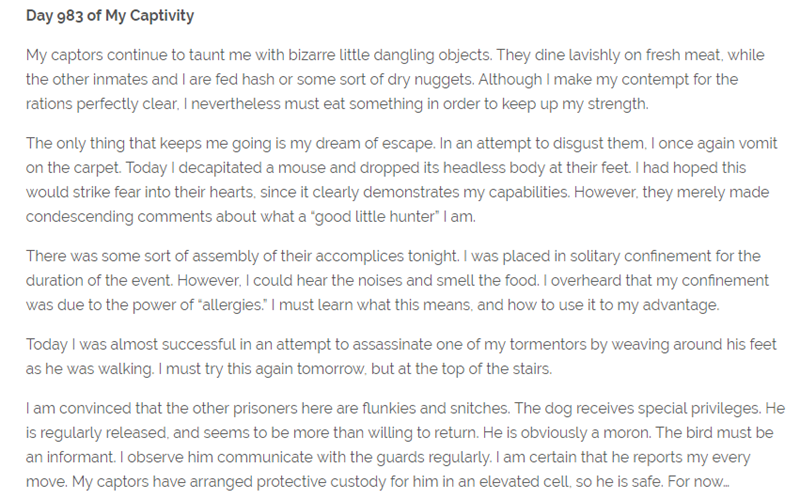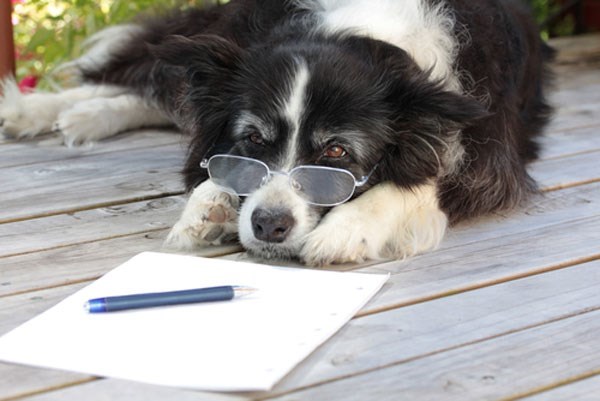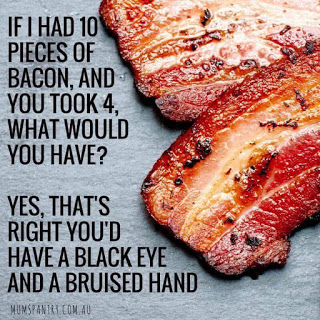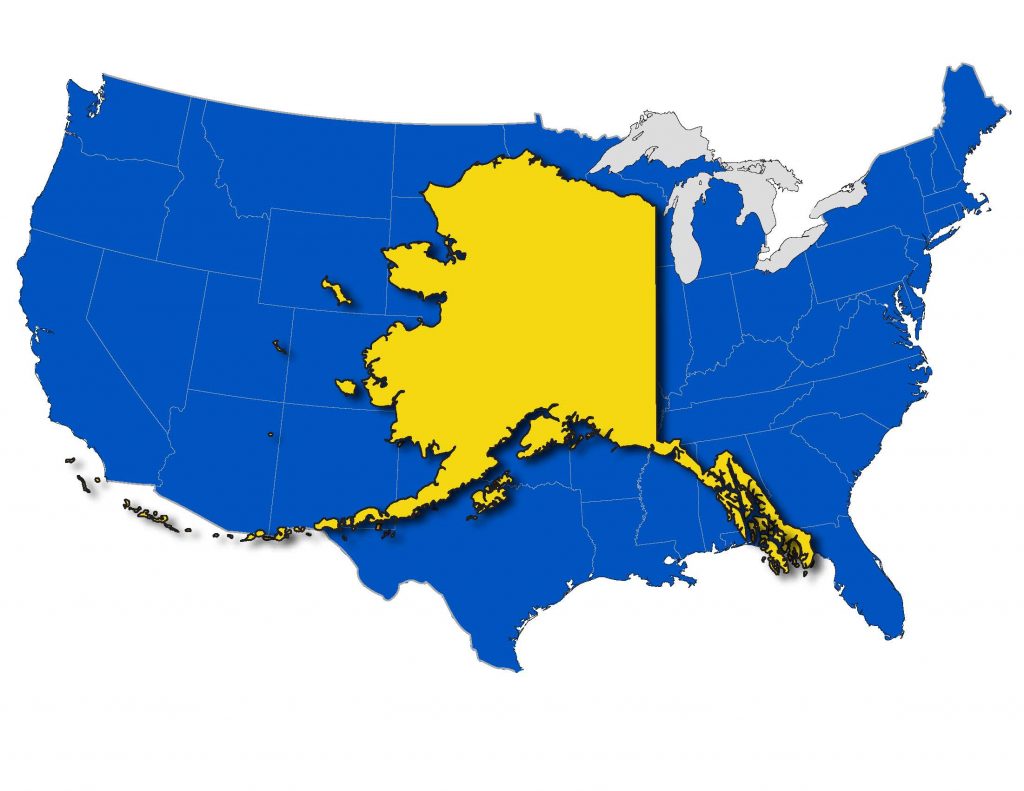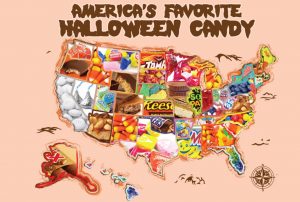- Andy
- Beef on Weck
- Being a Mother
- Chili Cook-off
- Communication (Gazebo)
- Daddy
- Everyone has an Angel
- Family
- Gonna be a Bear
- Harrison Bergeron
- Mute and Alone
- Privacy Policy
- Rikki-tikki-tavi
- Scientists Study Grizzly Bears
- Ship vs. Lighthouse
- Snowvember (Buffalo 2014)
- Somebody…
- The Present
- The Soldier
- The Star
- Winter
- 11foot8.com
- 365 Tomorrows
- 7 into 28
- A Tale of Two Brains
- Alien to Covenant – History of Alien
- Am I Unique
- AMARC
- American Muscle Car Museum
- Andre Rieu
- Antipodes Map
- Ark in Space
- Azure Status
- Blizzard of '77
- Broken Chains
- CDC – Flu
- Christmas Forever AZ
- Coldest City on Earth
- Creations for Charity (Lego)
- Cruise.com
- Curb Watching
- D&D Beyond
- D&D Beyond to FG Character Converter
- Daily Fuel Gauge Report
- Dinosaur Earth
- DMs Guild
- Dofo
- Dr. Demento
- DriveThru RPG
- Dungeon in a Box
- Dyson’s Dodecahedron
- Fantasy Name Generator
- Farmer's Donkey
- Fast Character
- Flixable
- Gaming Table
- Genius
- Geo Guesser!
- Hack The Menu
- Hackers for Charity
- Hadzy
- Have I been Pwned
- HexRoll
- How to remove a tick (properly)
- Identity Theft Resource Center
- Leak Lookup
- Line Rider – Hall of the Mountain King
- Make My Drive Fun
- Mapologies
- Marine Traffic
- MathPapa
- MechWarrior Online
- Medieval Murder Maps
- Meteor Shower Calendar
- Mini Building Materials
- Monterey Bay Aquarium
- MyAbandonware
- Nah! I just might be in there!
- National Do Not Call Registry
- No More Ransom
- NOAA – Louisville
- Nobody Live
- Norse Cyber Attack Map
- OCEARCH.org
- Omega Game Shrine
- Out of the Woods Forestry
- Overt
- PC Gaming Wiki
- Percheron
- Periodic Stats
- Periodic Videos (TED)
- Permethin Fact Sheet
- Pigeon Key Foundation
- Project 44
- pTable
- Pumpkin Pile
- Random Restaurant Generator
- Rankin/Bass – Wikipedia
- ReelGood
- RockAuto
- Roll20 Enhancement Suite
- Schimpff's
- Scuba Shooters
- Sinking of the Titanic
- Smoky Mountain Fall Foliage Map
- Speedsums
- SR-71 Speed Check
- Steam Status
- Still Tasty
- StreamSquid
- Sunken Ships of the Second World War
- Super Slice!
- Swedish Fish
- Taste Dive
- TBSP (TaBleSPoon)
- The Louvre
- The Oz Museum
- The Strong National Museum of Play
- They Can Talk
- This Beat Goes on/Switchin' to Glide
- Tick Removal (CDC)
- Trappistine Candy
- Vacation Rentals By Owner
- Vehicle Privacy Report
- VPNFilter Check
- War Puppets Rise to Heaven
- Weather Back Home
- WebGL Water
- Whalers on the Moon
- What's New on Netflix
- Who's On First
- Why are Jacks called Jacks?
- Wild Spirit
- Window Swap
- WKRP Turkey Drop
- Wordcount
- World's Hottest Chocolate Bar
- WWII Portraits of Honor
- April 2024
- March 2024
- February 2024
- January 2024
- December 2023
- November 2023
- October 2023
- September 2023
- August 2023
- July 2023
- June 2023
- May 2023
- April 2023
- March 2023
- February 2023
- January 2023
- December 2022
- November 2022
- October 2022
- September 2022
- August 2022
- July 2022
- June 2022
- May 2022
- April 2022
- March 2022
- February 2022
- January 2022
- December 2021
- November 2021
- October 2021
- September 2021
- August 2021
- July 2021
- June 2021
- May 2021
- April 2021
- March 2021
- February 2021
- January 2021
- December 2020
- November 2020
- October 2020
- September 2020
- August 2020
- July 2020
- June 2020
- May 2020
- April 2020
- March 2020
- February 2020
- January 2020
- December 2019
- November 2019
- October 2019
- September 2019
- August 2019
- July 2019
- June 2019
- May 2019
- April 2019
- March 2019
- February 2019
- January 2019
- December 2018
- November 2018
- October 2018
- September 2018
- August 2018
- July 2018
- June 2018
- May 2018
- April 2018
- March 2018
- February 2018
- January 2018
- December 2017
- November 2017
- October 2017
- September 2017
- August 2017
- July 2017
- June 2017
- May 2017
- April 2017
- March 2017
- February 2017
- January 2017
- December 2016
- November 2016
- October 2016
- September 2016
- August 2016
- July 2016
- June 2016
- May 2016
- April 2016
- March 2016
- February 2016
- January 2016
- December 2015
- November 2015
- October 2015
- September 2015
- August 2015
- July 2015
- June 2015
- May 2015
- April 2015
- March 2015
- February 2015
- January 2015
- December 2014
- November 2014
- October 2014
- September 2014
- August 2014
- July 2014
- June 2014
- May 2014
- April 2014
- March 2014
- February 2014
- January 2014
- December 2013
- November 2013
- October 2013
- September 2013
- August 2013
- July 2013
- June 2013
- May 2013
- April 2013
- March 2013
- February 2013
- January 2013
- December 2012
- November 2012
- October 2012
- September 2012
- August 2012
- July 2012
- June 2012
- May 2012
- April 2012
- March 2012
- February 2012
- January 2012
- December 2011
- November 2011
- October 2011
- September 2011
- August 2011
- July 2011
- June 2011
- May 2011
- April 2011
Monthly Archives: October 2017
Candy Corn Glazed Buffalo Wings
Posted in Food
Ain’t that a shame! RIP Antoine “Fats” Domino
“You made me cry / When you said goodbye,” he sang in the opening line of “Ain’t That A Shame,” his 1955 hit that spent 11 weeks at the top of Billboard’s R&B charts, and went to No. 10 on the Hot 100 pop chart. “Ain’t that a shame / My tears fell like rain.”
Although the words were downhearted, the spirit of the song was undeniably up. The implicit message: He may have experienced heartbreak, but he wasn’t about to let that take him down.
Like Chuck Berry, who was born a little more than a year before Fats came into the world on Feb. 26, 1928, Domino was nearly a decade older than Presley and Lewis and several other first-generation rockers. That meant that to many teens of the ’50s, he came across more like a genial uncle than a peer or an object of romantic infatuation.
But “Fats” was among the first acts inducted into the Rock and Roll Hall of Fame, and was reportedly only second to Presley in record sales thanks to a titanic string of 11 top 10 hits between 1955 and 1960.
Anniversary of the sinking of the USS Johnston
USS Johnston (DD-557) was a World War II-era Fletcher-class destroyer in the service of the United States Navy. She was the first Navy ship named after Lieutenant John V. Johnston. The ship was most famous for its bold action in the Battle off Samar. The small “tincan” destroyer armed with nothing larger than 5 inch (127mm) guns and torpedoes would lead the attack of a handful of light ships which had inadvertently been left unprotected in the path of a massive Japanese fleet led by battleships and cruisers. The sacrifices of Johnston and her little escort carrier task unit “Taffy 3” helped stop Admiral Kurita’s powerful Center Force from attacking vulnerable U.S. landing forces, and inflicted greater losses than they suffered.
Posted in Because I Can, On This Day, Patriotic, Planes Trains and Automobiles
The Creepiest Urban Legend From Every State
They’re whispered around campfires and passed down from generation to generation. They spark fear in the hearts and minds of children and adults alike. Their subjects take many shapes, be they bloodthirsty creatures of the night, vengeance-seeking ghouls, or sinister vortices. And each time they are told, the terror spreads.
America is a country rich in folklore, a place where cautionary tales have always been mixed into the pot and sprinkled into our collective nightmares. Yet some of our nation’s eeriest and most persistent stories, whether because they’re rooted in community lore or used as means to synthesize local tragedy, don’t travel far. Never fear (or actually, please do fear): we’ve tracked down the creepiest urban legends in all 50 states and the macabre bunch of stories is certain to freak you out, no matter where you live.
Posted in Because I Can
Denny’s almost never closes…
Denny’s has been famous for decades for their 24-hour promise all 365 days of the year—if you want breakfast food late at night on a Sunday, Denny’s has you covered. But the problem with this policy took a few years to show itself: When almost all the Denny’s locations closed for Christmas Day in 1988, many stores realized that they didn’t have any keys, or even locks, since they never used them. All told, 700 of the 1221 restaurants needed to get new locks installed for the holiday.
Posted in Because I Can, Food
The Spookiest Ghost Stories From All 50 States
I love Mental Floss!
From heartbroken brides to spectral oenophiles, America is a melting pot of otherworldly entities who have staked a spiritual claim in every crack and cranny of the country—as well as in the local community’s consciousness. No matter what city or state you hail from, you no doubt grew up hearing terrifying tales of one ghost or another with whom you shared a zip code. We all did. Here are the spookiest ghost stories from all 50 states.
Posted in Because I Can
Ow Ow Ow Ow Ow!
A storm in Rio Negrinho, in the North of Santa Catarina, Brazil, brought down a good number of trees. One of those trees came right down on a Volkswagen Kombi, smacking it right in the middle, the result looking like what would happen if you dropped a small barbell onto a loaf of bread.
Posted in Humor, Planes Trains and Automobiles
Mole Day
October 23rd is Mole Day—you know, because 10/23 is like 1023.
THE EARLY HISTORY of chemistry has many interesting stories. Just consider the problems scientists had 200 years ago as they tried to figure out some of the most basic ideas of chemistry. It was clear that there were different substances—for instance, water is different than coal. But it wasn’t so clear what these substances were made of. You could take something like nitrogen gas (N2) and oxygen gas (O2) and combine them together to make another gas (in this case NO2). It thus seemed reasonable to suppose that stuff (molecular gas) was made of smaller stuff (atoms). But the evidence isn’t so easy to see. The primary difficulty is that humans can’t see molecules or atoms. All the scientific ideas have to be built on indirect evidence.
This is where Amedeo Avogadro comes into the picture (of course his real name is Lorenzo Romano Amedeo Carlo Avogadro di Quaregna e di Cerreto—but everyone just calls him Avogadro for obvious reasons). Avogadro developed the following idea:
Avogadro’s Law: If you have two gasses at the same temperature and pressure, they will occupy the same volume only if they contain the same number of molecules.
If you are thinking this is just a version of the Ideal Gas Law, you are correct—but let’s move on to a useful example. Suppose you take water (which is H2O) and run an electric curent through it—called electrolysis. This can break the water molecules into hydrogen gas and oxygen gas (which you could collect). If you had these two gases at the same temperature and pressure, the hydrogen gas would take up twice the volume compared to the oxygen gas. Why? Well, when you break up the water molecule, you get twice as much hydrogen as oxygen. Yes, hydrogen doesn’t just float around as a single atom. Instead it forms a bond with another hydrogen to make H2—but oxygen does the same thing (O2).
In the end, you would know that water is made of both hydrogen and oxygen and that there is twice as much hydrogen as oxygen. That’s a pretty big piece to the whole elements puzzle and you need an idea like Avogadro’s Law to figure it out.
Avogadro’s Number
But what about this number of Avogadro? Why is it important and why didn’t Amedeo know what it was? Let’s start with a definition. If I have 12 grams of carbon-12 (not any other isotopes of carbon) then it would have exactly Avogadro’s number of atoms in it. We can write this number as (approximately):
So we would call this number of carbon atoms, one mole (sort of like 12 eggs is one dozen).
Why is important? Avogadro’s number is sort of like a bridge. It bridges chemistry and atomic physics. In chemistry we measure things based on their bulk properties. Things like mass (total mass), pressure, volume, temperature. However, when we consider these things from an atomic perspective we look at individual atoms and the momentum, velocity of these particles. Avogadro’s number connects these two ideas and allows us to explore atomic-level things by measuring macroscopic level quantities. It’s a big deal.
But why didn’t Avogadro know this number? Because he didn’t directly come up with the idea. Chemists named the number after Avogadro to honor his contributions to chemistry.
Determining a Value for Avogadro’s Number
If you had a carton with a dozen eggs, you could open up the package and count the number of eggs to find out that one dozen equals twelve. You can’t really do the same thing with a mole of carbon. Carbon atoms are too tiny to see and there are too many to count. We have to find another way to get a value for Avogadro’s number. There are quite a few ways to determine this magic number, but let me go over a simple method.
Start with two pieces of copper placed in a solution of copper-sulfate. When you run an electric current through the system, copper is removed from one plate and deposited on the other plate. This means that one of the plates gains mass and the other loses mass (should be by the same amount).
When the copper atom is removed from one plate, it acts as a charge carrier in the complete circuit (battery, wires, copper, solution). If I measure the current in this circuit and record the time, I can use the definition of current to find the total transfer of charge (which would be the transfer of copper ions).
Let’s put this all together.
- Run current through the copper and copper sulfate.
- Positive copper ions are transferred from one plate to the other making a change in mass (which I can measure).
- I can measure the current and time and calculate the total transfer of charge from one plate to another.
- Since a copper ion has a positive charge of 1 e (charge of an electron), I can get the number of ions transferred.
- Knowing that 1 mole of copper is 63.546 grams, I should be able to get a relationship between the change in mass and the number of moles—which will give me Avogadro’s number.
In my rough experiment, I had an electric current of 0.42 Amps for 10 minutes. This gives a total change in charge of 252 Coulombs. Dividing this by the charge of one ion (1.6 x 10-19 C) I get 5.575 x 1021 ions. The change in mass of one plate is 0.344 grams. That’s all I need. Now I can write:
That’s not a terrible value for Avogadro’s number. Really, it’s not. If you take the accepted value of 6.022 x 1023, then my estimate is just off by less than a factor of 2. I call that close enough. The idea works even if my method was a little bit sloppy. Still, my value is better than no value.
Posted in Because I Can
How to Avoid a Rotten Jack-O’-Lantern
Your jack-o’-lantern looks so good, bright and orange next to your front door, harbinger of the season, home to a flickering tea light at night. Or does it? Has it started, maybe, to shrivel and shrink? Is it perhaps a tiny bit stinky? Even if it’s still looking good, what assurance do you have that it will make it to Halloween?
Whether you carved a pumpkin a week ago or are only just getting your knives out now, there’s plenty you can do to prevent them from rotting, according to Apartment Therapy.
First, if you haven’t carved your pumpkin or aren’t going to, give that baby a bleach bath. Find a tub or bucket big enough to hold your pumpkin, and mix one to two tablespoons of bleach for each gallon of water. Dunk that pump’ and soak it for ten minutes. If you’re going to carve, let the pumpkin dry completely first.
To protect an already-carved pumpkin, make a bleach spray (with the same proportions) and use it on the outside and carved surfaces of your pumpkin. (Let it dry upside-down so bleach water doesn’t pool inside.) Re-spray every few days.
Posted in Because I Can
The Last Holden Has Been Built In Australia
It’s a sad day for those of us who liked knowing that there was a company building big, V8-powered beasts, just like here in America, down at the bottom of the Earth. The company was GM’s Australian subsidiary Holden, and today they finished their very last car.
Posted in Events, Planes Trains and Automobiles
Mythbusters 2.0?
What do you do when your highly-successful reality show goes out with a bang? If you’re Discovery-owned Science Channel, you quickly reboot it and find new hosts to replace the iconic ones. If you’re a fan of the original and willing to give the new guys a chance to prove themselves to be as awesome as Adam and Jamie are, then you’re in luck. The new version of Mythbusters, a much-loved show that reveled in DIY gadgetry and science, is set to air its first of 14 episodes on November 15th.
Posted in Because I Can, The Little Screen (Television)
150th Anniversary of the Alaska Purchase
On this day in 1867, the U.S. formally takes possession of Alaska after purchasing the territory from Russia for $7.2 million, or less than two cents an acre. The Alaska purchase comprised 586,412 square miles, about twice the size of Texas
Posted in Events
Top Halloween Candy by State
See the interactive map, and the rest of the story, here.
Posted in Because I Can, Food



